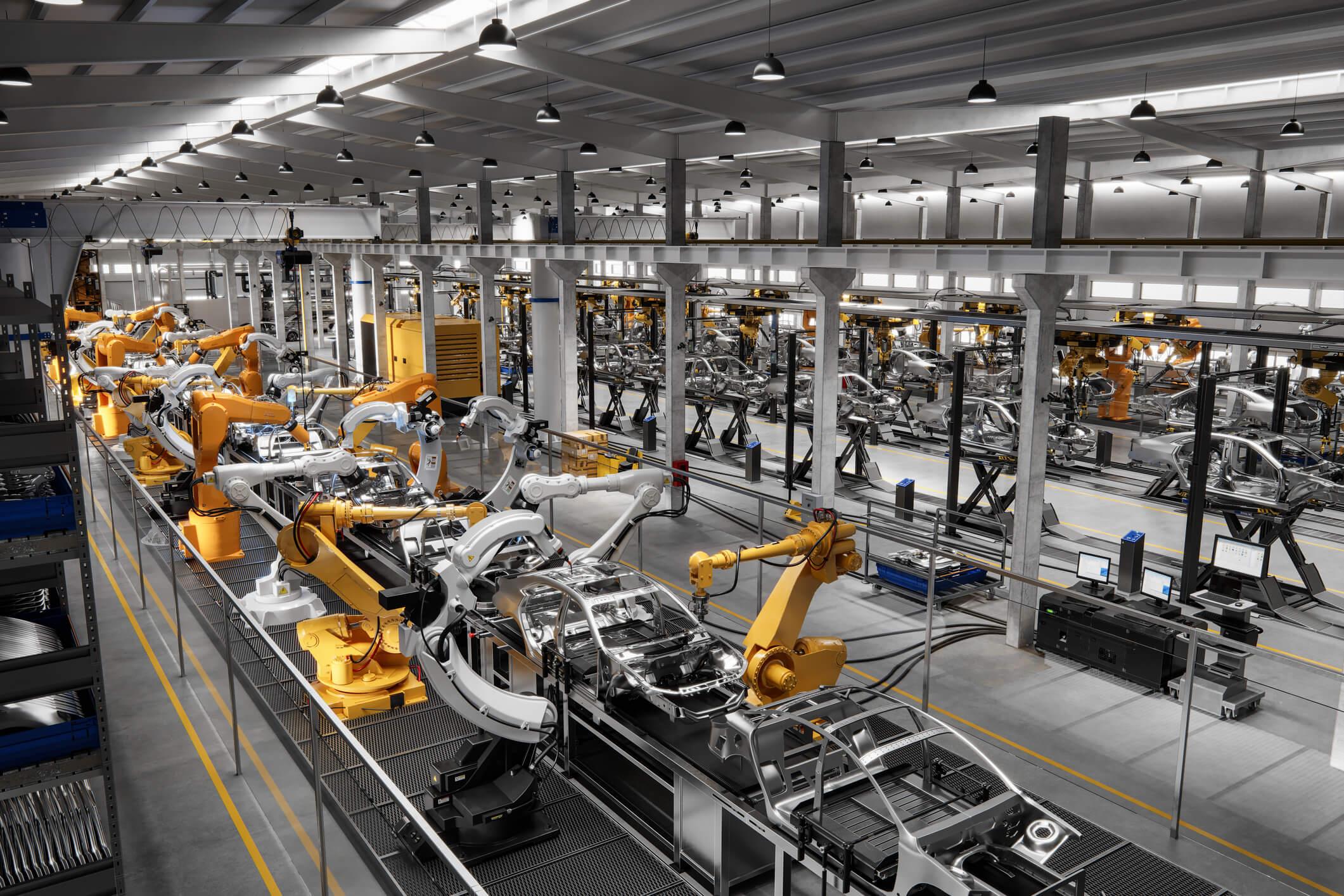
The manufacturing sector continues to groan under the weight of multiple grid failures and high energy costs, resulting in N1.11 trillion in alternative energy bills last year.
The figure, as disclosed by the Manufacturers Association of Nigeria (MAN) Economic Review for the Second Half of 2024, is a significant increase (42 per cent) from N781.7 billion spent in 2023.
The developments indicate the government’s inefficiency in tackling the deteriorating economic condition.
The inflationary pressure, soaring cost of doing business and the poor power supply continue to weaken production, as evident by last year’s data.
Electricity costs surged by over 200 per cent for Band A consumers last year when the new tariffs came into effect. This significantly increased manufacturing costs for manufacturers to decrying the impact on productivity.
While power availability marginally improved, manufacturers continue to face frequent power failures and higher costs as the country witnessed at least 12 national grid collapses in the year, the report said.
As a result of the unreliable grid power and increases in prices of gas, diesel and petrol, the total expenditure on alternative energy sources surged to N1.11 trillion.
On a half-year basis, manufacturers spent N404.8 billion in H1 2024, which increased by 75 per cent to N708.07 billion in H2 2024.
Manufacturers had spent N144.5 billion on alternative energy in 2022 and N77.2 billion in 2021.
Within a space of four years, this number rose astronomically by close to 1,475 per cent.
According to data released by MAN, the food, beverage and tobacco sector was the worst hit, incurring N229.41 billion in alternative energy cost, up from N182.76 billion spent in 2023.
The chemical and pharmaceutical sector’s energy costs doubled to N208.68 billion, while the non-metallic mineral products sector’s energy costs increased by 33.7 per cent to N118.49 billion.
The textile, apparel and footwear industry saw a four-fold increase, reaching N26.45 billion in 2024, compared to N6.97 billion in 2023.
According to the Director General of MAN, Segun Ajayi-Kadir, the real GDP growth continue to remain subdued, reflecting the economy’s struggle with rising production costs, exchange rate volatility and declining consumer demand.
Inflation surged to 34.8 per cent at the end of 2024, significantly eroding purchasing power and increasing operational expenses.
“Meanwhile, aggressive monetary tightening by the Central Bank of Nigeria (CBN), which raised the Monetary Policy Rate (MPR) to 27.5 per cent, further exacerbated borrowing costs for manufacturers, limiting expansion and new investments,” he said.
Also, unsold finished goods surged by 87.5 per cent to N2.14 trillion in 2024, largely driven by weak consumer demand, escalating production costs and declining purchasing power.
It stood at N1.24 trillion in the first half of the year and almost doubled by the end of the year.
The food, beverage and tobacco, as well as textile, apparel and footwear sectors faced the most significant increases in piling inventory.
Also, real manufacturing investment fell year-on-year, the report said, reflecting economic uncertainty and reduced expansion plans.
Sliding investment means contracting jobs and the growth of the sector. It also suggested a low confidence level in the local economy.
However, the situation improved in the second half of last year as investment increased by 19.4 per cent compared to H1 2024.
Manufacturers cautiously resumed capital expenditures, the report said.
In nominal terms, total investments declined by 11.3 per cent to N2.85 trillion, with the land, buildings, furniture and equipment sector seeing the most significant declines.
The MAN DG noted that the sector continued to battle unbearably high interest rates, which posed a major financial burden to operations as commercial bank lending rates to manufacturers surged to 35.5 per cent in 2024 from 28.06 per cent in 2023.
This, he said, was driven by continuous CBN rate hikes, which raised the MPR to 27.5 per cent.
The MAN DG noted that the apex bank’s tightening policy has resulted in a spike in manufacturers’ finance costs, which have topped N1.3 trillion, constraining investment and expansion plans.
Lamenting the employment situation in the sector, he noted that the number of employees that left manufacturing companies increased from 17,364 in 2023 to 17,949 in 2024, translating labour loss of 35,313 in two years.
This indicates ongoing labour mobility due to economic uncertainties, skill migration and company restructuring, he said.
He hinted that this has resulted in 16,820 net new jobs in 2024, nearly unchanged from 16,799 in 2023.
Year-on-year, job creation fell by 37.83 per cent, reflecting the sector’s ongoing challenges, including economic uncertainties, inflationary pressures and an unfavourable business environment.
Capacity utilisation marginally improved to 57 per cent in 2024, up from 55.1 per cent in 2023.
A half-on-half analysis showed a 1.2 percentage point increase in H2 2024 compared to H1 2024.
The sectoral analysis revealed that the non-metallic mineral products, motor vehicle and miscellaneous assembly, as well as the chemical and pharmaceutical sectors, recorded the highest improvements.
“The sector’s real manufacturing output increased modestly by 1.7 per cent year-on-year to N7.78 trillion, buoyed by increased activity in the motor vehicle and miscellaneous assembly, non-metallic mineral products and electrical and electronics sectors,” the report said.
“A half-on-half decline of 3.1 per cent in real production reflected rising costs and weak consumer demand. Nominal manufacturing output rose sharply by 34.9 per cent to N33.43 trillion, primarily due to inflationary pressures and rising domestic prices,” the MAN boss said.
Local raw material sourcing increased to 57.1 per cent in H2 2024, up from 56.03 per cent in H1 and 55.4 per cent in 2023.
This shift was largely driven by FX scarcity and high import costs.
Notable improvements were observed in wood and wood products, textiles, apparel and footwear and chemical and pharmaceuticals, while electrical and electronics continued to lag due to total dependency on imported components and imports, the report noted.
